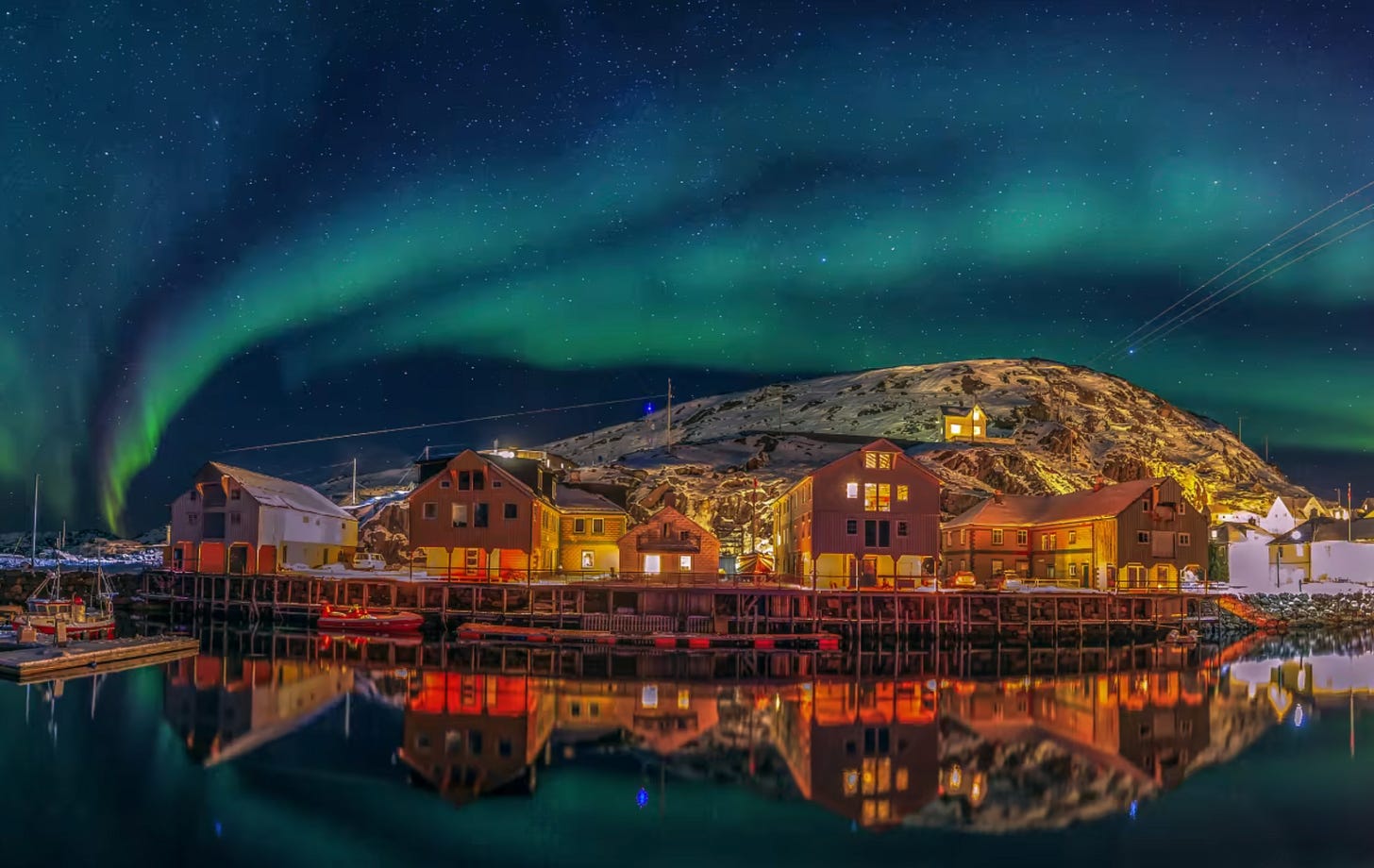Nyksund (Norway): “If I can make it there, I’ll make it anywhere.”
From Ghost Town to Creative Hub. Nyksund and the Lesson the Mediterranean Still Ignores
Some press releases you skim. Others make you spill your coffee and rush to the keyboard. The rebirth of Nyksund (check the link at Visit Norway), a tiny fishing village in Northern Norway’s Vesterålen, definitely belongs to the second category.
Once upon a time — let’s say until the 1960s — Nyksund was noisy, crowded, and prosper…
Keep reading with a 7-day free trial
Subscribe to NOMAG to keep reading this post and get 7 days of free access to the full post archives.


